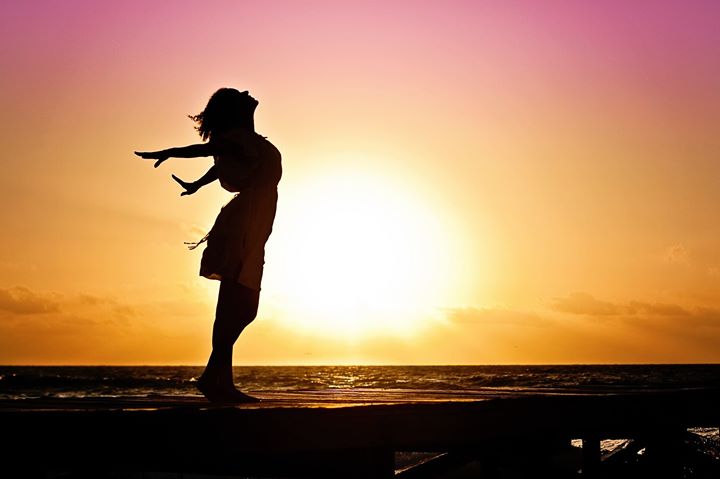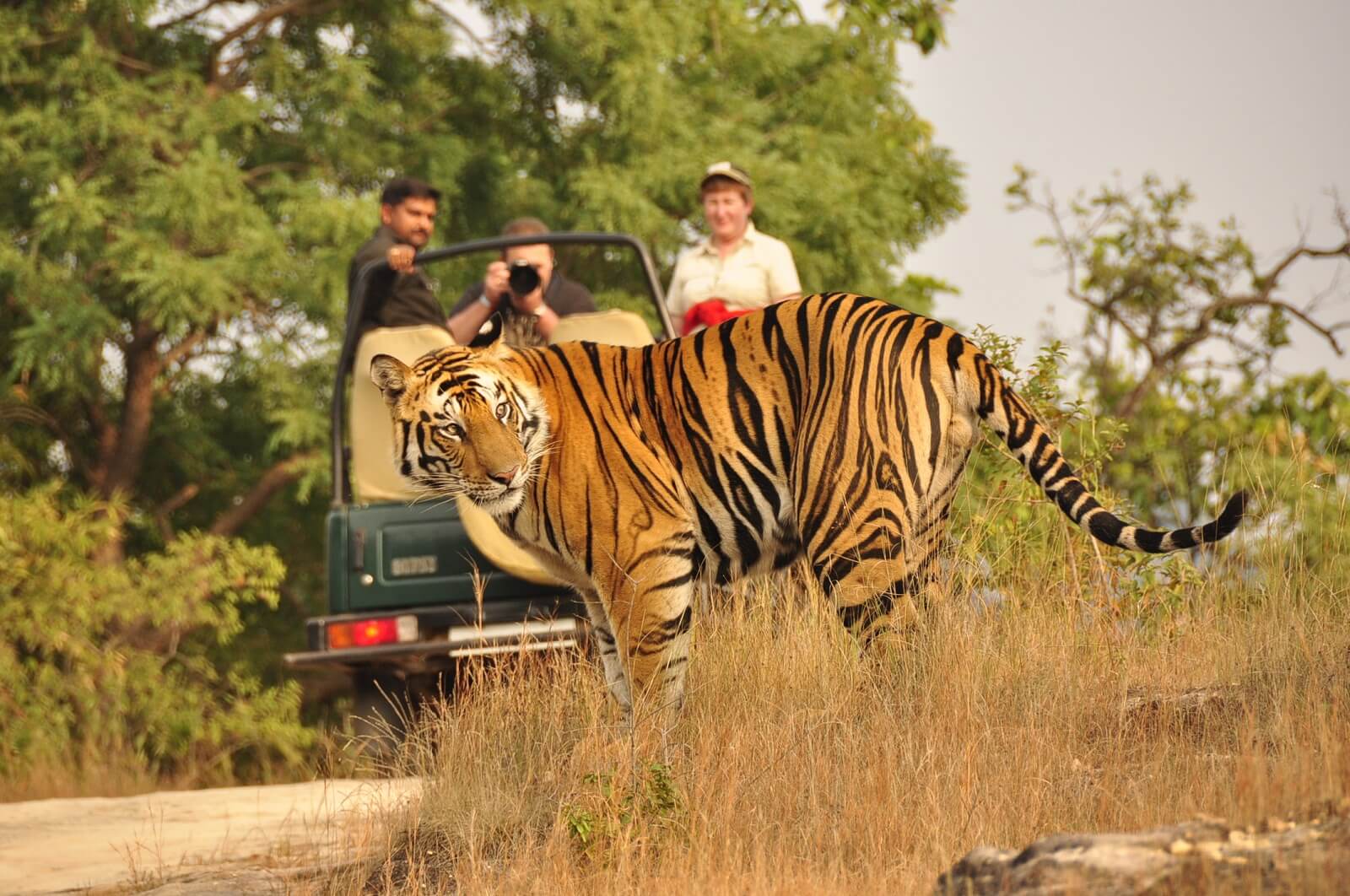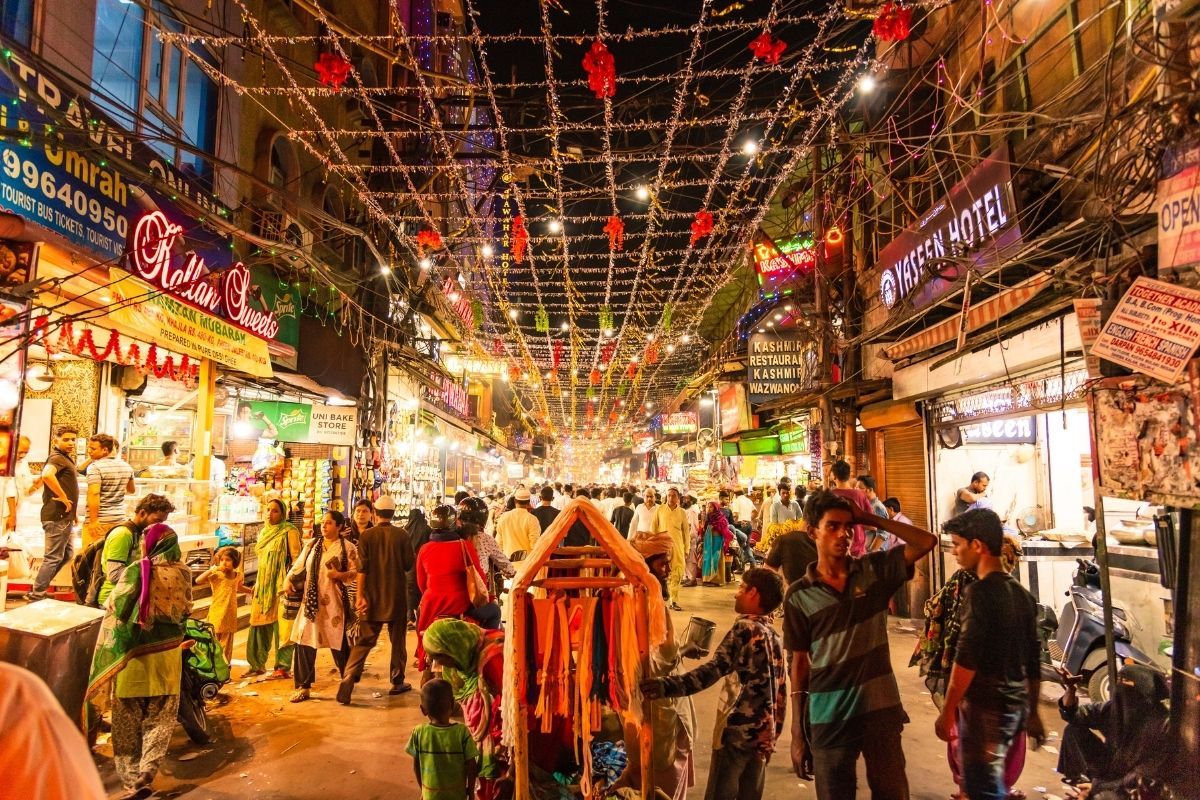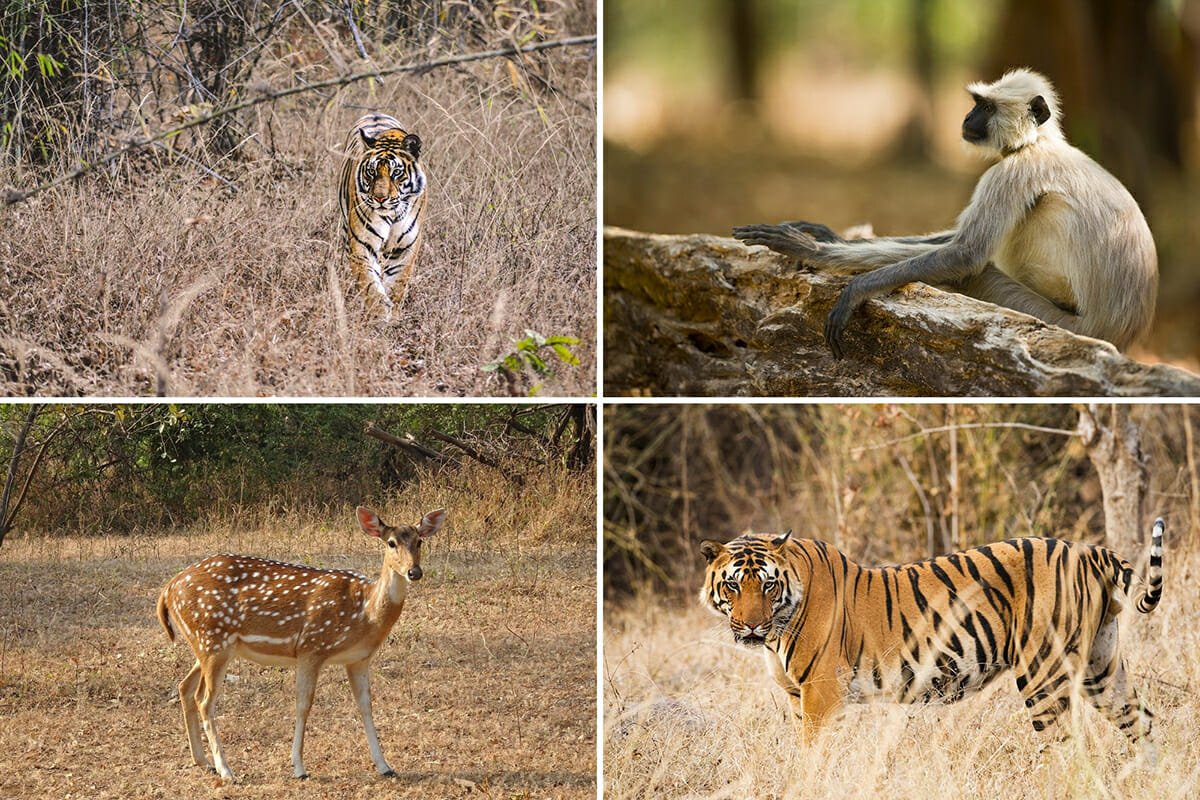This itinerary offers an unforgettable Holi experience in India, combining cultural immersion with historical exploration. You'll witness vibrant Holi celebrations, explore ancient cities like Delhi, Agra, Varanasi, Jaipur and marvel at iconic monuments like the Taj Mahal. Additionally, you'll have the opportunity to visit Khajuraho, renowned for its intricate temple sculptures and erotic carvings, offering a glimpse into the rich artistic heritage of India. From the serene beauty of the Ganges River to the bustling markets of Jaipur, this journey promises a unique and enriching experience.
About Holi (Festival of Colors)
Beyond the religious rituals, Holi is always full of colours and joy. What could be more culturally engaging than joining in its colour fights as a traveller? Traveling during festivals, unlike typical trips, presents unique ways to connect with the culture. The date of Holi is determined by the Hindu lunar calendar and it always falls in late February or in March. Knowing the festival schedule for your year of travel is necessary to make planning a trip around Holi possible. In most places, the celebration lasts for 2 days. Holika Dahan (the eve of Holi) features bonfires and prayers, while Holi itself is marked by vibrant powder fights that are typically held in the morning.
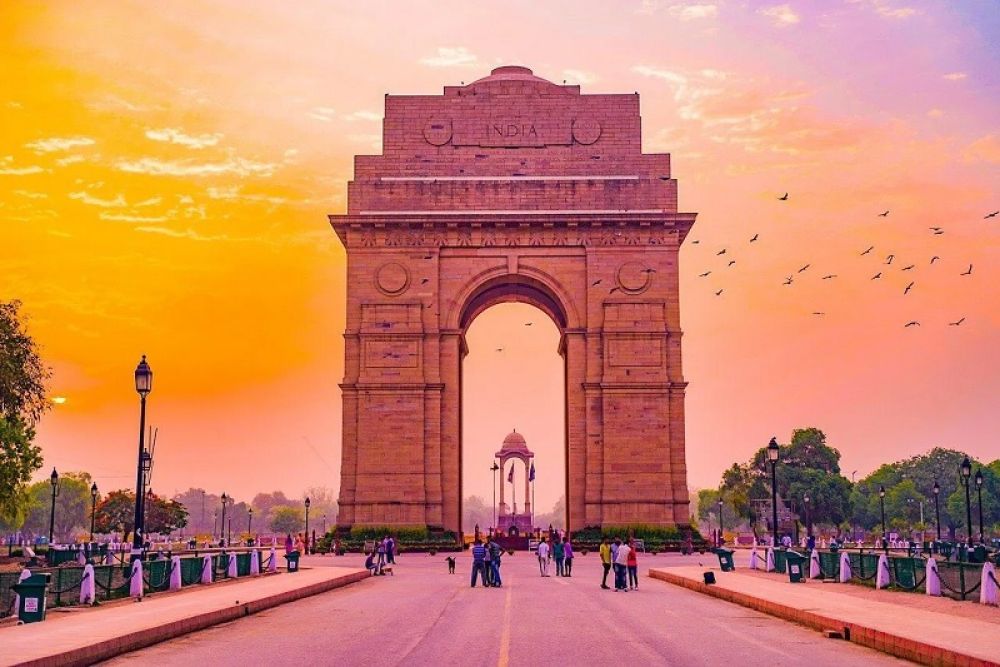
11th Mar'25 Sun Arrive Delhi
Arrive at Delhi airport. Upon arrival at Delhi airport welcome, meet, and assisted by our representative and transfer to hotel.
The tour starts from the capital city- Delhi, the metropolis with an ideal combination of the ancient and the contemporary era. Delhi has two visible parts: a) New Delhi, the city created by the British, as the royal capital of India in 1911. b) The Old Delhi which was considered as the Muslim capital of India between the 17th and the 19th century. There are at least eight cities on the location of modern Delhi among which Indraprastha is one of the first recognized settlements, highlighted in the epic Mahabharata over 3000 years ago. Nevertheless, Delhi has always been one of the major cities in the northern region of the subcontinent.
Rest of the day at leisure.
Overnight stay in Delhi
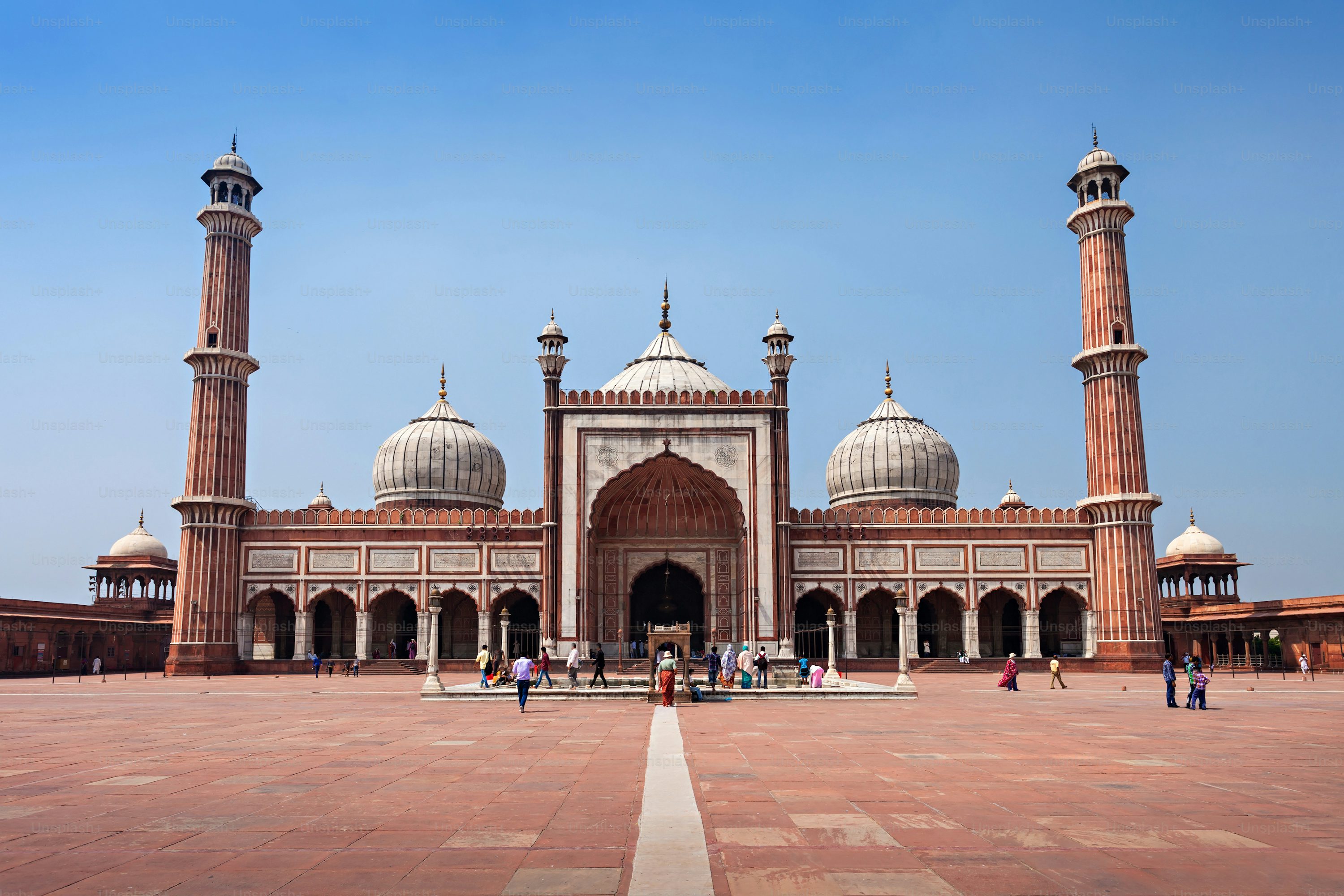
12th March’25 In Delhi
After breakfast, the tour guide will pick you up from the hotel and take you for a guided sightseeing of Old and New Delhi. This tour includes the following places:
Red Fort: The 17th-century fortress of the Mughals is inscribed as a UNESCO World Heritage Site. The term Red Fort is taken from a Hindi word Lal, which means red and Quila which means fort. The structure of the Red Fort is very uneven and it is placed in an octet shape along the Yamuna River. This fort is delimited by a wall of about 2.4 km in perimeter and is constructed of red sandstone. In 1638, Shah Jahan started building this huge fort and it was completed in 1648.
The fort has a Diwan-e-Am (Hall for public audience), a Rang Mahal (a water-cooled apartment of royal ladies) and a Pearl Mosque, which was constructed with white marble. Red fort has two hallways: a) The Delhi gate and b) The Lahori gate, and both these gates face the renowned Chandni Chowk.
Jama Masjid: Jama Masjid is one of the country’s major mosques where hundreds and thousands of Muslims offer their prayers even today. Jama Masjid was constructed by Shah Jahan as an architectural extravaganza in 1658. The wonders of construction in Jama Masjid are seen in the long stretches of stairs and the hefty courtyard.
Chandni Chowk (Silver Street): Chandni Chowk is well-known for its flamboyant streets with the famous shopping spots of Old Delhi. It also has the country’s best known extensive market for textiles, electronic goods, and watches.
Entire Chandni Chowk was designed by Jahanara Begum, Shah Jahan’s beloved daughter and was then populated by the well-to-do families of that time. The famous Paranthawale Gali, known for its mouthwatering paranthas is also positioned in Chandni Chowk. The famous gold market, Dariba Kalan is also situated here.
Raj Ghat: An elementary square platform of black marble on the banks of Yamuna River, symbolizes the spot where Mahatma Gandhi was cremated after his assassination in 1948. A dedicatory ritual takes place each Friday, in his memory.
India Gate: India Gate is free-standing, 42 metre high arch. It was built in 1931 and was formerly called the All India War Memorial in the memory of the 90,000 soldiers of the Indian Army who died in World War I. The names of the warriors are engraved all along the walls of the arch. The eternal flame was lit here to honor the Amar Jawan (Immortal Soldier), in 1971.
Humayun’s Tomb: Nine years after the death of Humayun, Haji Begum (widow of Humayun) built this tomb in 1565-66 in his memory. The garden tomb is one of the world heritage sites inscribed by UNESCO and is said to be the motivation behind the 'wonder of the world' Taj Mahal.
Overnight stay in Delhi
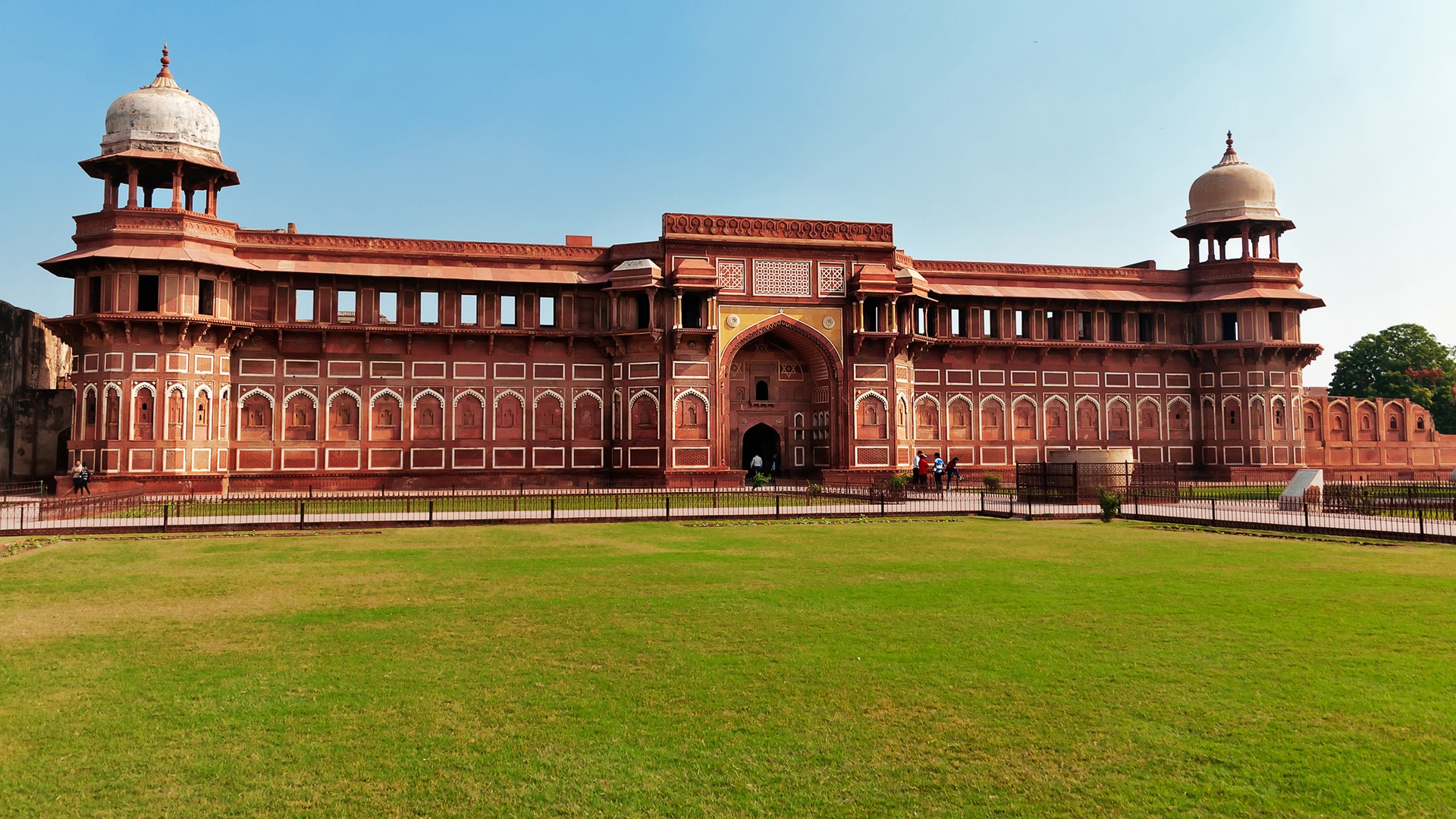
13th Mar'25 Delhi to Agra (03 hrs)
Breakfast at hotel.
Transfer from hotel to Nizamuddin station to board the train for Agra. Enjoy the early morning train to Agra with picturesque scenery in the morning. Arrive Agra railway station and transfer to hotel.
Agra – a medieval city on the banks of the Yamuna River. It was founded by Sultan Sikandar Lodi in the year 1506. Agra achieved fame as the capital of the Mughal emperors from 1526 to 1658 and remains a major tourist destination because of its many splendid Mughal-era buildings. Most notably the Taj Mahal, Agra Fort, and Fatehpur Sikri, all three of which are UNESCO World Heritage Sites.
Later, visit Agra Fort – Agra Fort is a magnificent UNESCO World Heritage Site. Serving as the main residence of Mughal emperors for nearly 200 years, this massive fort complex is renowned for its architectural beauty and historical significance. Within its fortified walls, visitors can explore the Moti Masjid, a stunning white marble mosque; the Diwan-i-Khas, the "Hall of Private Audiences"; and the Diwan-i-Am, the "Hall of Public Audiences." Other notable attractions include the Jahangiri Mahal, a palace built by Akbar for his son Jahangir, and the Mossman Burj, a tower with a marble bath offering breathtaking views of the Taj Mahal. The lush Mughal Gardens, adorned with fountains, pools, and vibrant flowers, add to the serene ambiance of the fort. The history of Agra Fort dates back to the 16th century when it was constructed by Akbar. It witnessed the rise and fall of the Mughal Empire, serving as a symbol of power and grandeur.
In the evening enjoy the Holika Dahan, the festival of Holi starts from here. Holika Dahan is celebrating the victory of good over evil. It involves burning an effigy of Holika, the sister of a demon king, on a bonfire. The story behind the festival revolves around Prahlada, a young boy who was a devotee of Lord Vishnu. Despite being persecuted by his evil father, Hiranyakashipu, Prahlada remained steadfast in his faith. Holika, trying to kill Prahlada, attempted to burn him alive on a pyre, but the flames engulfed her instead, sparing Prahlada. This event symbolizes the triumph of good over evil and is celebrated as Holika Dahan. It's a time for joy, renewal, and hope.
Witness this beautiful ceremony and immerse in local rituals and customs at a local family home and end your day with homely dinner.
Overnight stay in Agra.
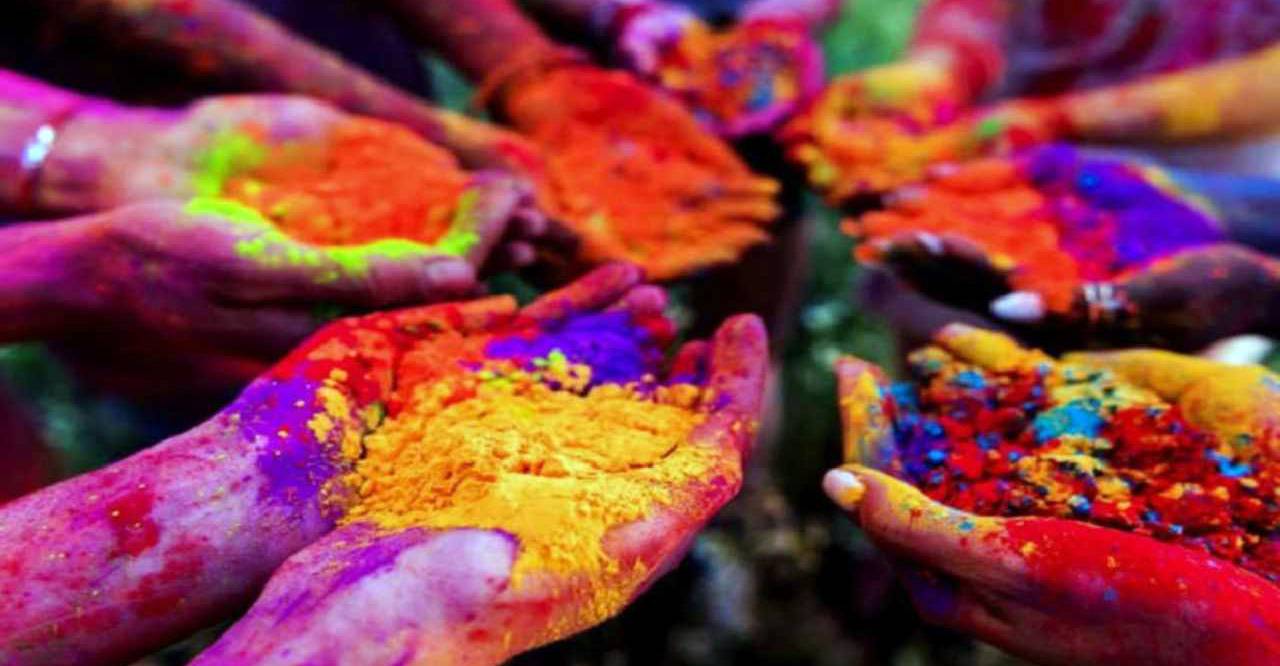
14th Mar'25 In Agra
Breakfast at hotel
Today, it's time to let the festivities begin. Enjoy Grand Holi Celebrations to experience an Indian Holi – Complete with "Music, Thandaai, Gulaal, Pichkari, Sweets and Water Balloons" this three-hour engagement shall prove to be a highlight of this Indian trip. Further, our experienced guides shall explain to guests the relevance of Holi in India and the stories which lead up to such a celebration.
This unique experience will happen amidst a local family in Agra. Enjoy live musicians playing traditional dhol drums, sip on refreshing thandaai, and savor delicious Indian sweets like gujiya, namkeen, hot pakoras, and more. Join in the fun with herbal, eco-friendly abeer and gulaal, and engage in exciting activities like balloon filling, tug of war, kite flying, and more. We'll provide everything you need, including white kurtas, Holi caps, shower caps, plastic pouches for mobile phones, whistles, and disposable slippers. Our special Holi colours are made from tesu flowers, offers a colorful and fragrant, non-chemical color water experience.
After this wholesome experience rest of the day is at leisure to relax and rejuvenate for further travels.
Overnight stay in Agra
:max_bytes(150000):strip_icc()/taj-mahal-agra-india-TAJ0217-9eab8f20d11d4391901867ed1ce222b8.jpg)
15th Mar'25 Agra to Orchha and on to Khajuraho (04 hrs)
In the morning visit the world-famous monument, Taj Mahal, by sunrise, overlooking the River Yamuna, the Taj Mahal is a classic example of Mughal architecture, with the Taj itself built as a mausoleum at the northern end of an extensive formal walled garden designed in the Charbagh style and structured on the Islamic theme of ‘paradise’. The whole site was built by Shah Jahan between ad 1632 and 1653 as the final resting place of his wife Arjumand Bann Begum (also known as Mumtaz Mahal) who died in ad 1631. Upon his death in ad 1666, Shah Jahan was buried alongside his wife in the Taj. Return to Hotel for Breakfast
After breakfast check out from hotel and proceed to Agra. Railway Station for train to Jhansi for further journey. Upon arrival at Jhansi railway station drive to Khajuraho en route visiting Orchha - a small peaceful town in Tikamgrah district of Madhya Pradesh, the ancient capital of Bundelkhand with its 16th and 17th-century palaces and temples situated on the banks of the Betwa river, gives a glimpse of a bygone era – the ‘India of the Maharajas’. The town was established by Maharaja Rudra Pratap Singh in 1501. Upon arrival at Orchha you will enjoy visiting Ram Raja Temple there is a fascinating tale behind the history of the temple. Royal Cenotaphs there are fourteen Chatrreis or memorials to the rulers of Orchha and Jehangir Mahal.
Later continue drive to Khajuraho which was the religious and political capital of the Chandela Rulers who built 85 temples to the glory of God, out of which only 22 remain today. The temples can be divided into 3 main geographical groups. Khajuraho temples in Madhya Pradesh have the largest group of medieval temples each studded with countless sculptures of extraordinary grace and delicacy. The temples of Khajuraho, are true, celebrations of the stylized and refined courtly accomplishments of beauty, love, and creative arts.
Upon arrival at Khajuraho, check-in at hotel.
Overnight stay in Khajuraho

16th Mar'25 In Khajuraho
After a relaxing breakfast, you will be picked up from your hotel and will be taken for a guided sightseeing tour of Khajuraho. The tour includes visits to the following places of interest:
Eastern & Western Group of Temples: The Eastern group of temples includes the Lakshmi and the Varaha Temple, the Lakshmana Temple, the Kandariya Mahadev, the Mahadeva Temple, the Devi Jagadamba Temple, the Chitragupta Temple and the Vishwanath Temple. The Eastern Group of temples houses the Parasvanath Temple, the largest and finest Jain temple in the city as well as the Adinath Temple, the Shantinath Temple, the Ghantai Temple, the Javari Temple, the Vamana Temple and the Brahma and Hanuman Temple. The Temples of Khajuraho are a UNESCO World Heritage site.
The Western group of temples includes the Matangesvara Temple, the only temple in Khajuraho where the daily rituals still take place and the Chausath Yogini Temple, the temple which is in ruins now and is believed to be the oldest temple in Khajuraho.
Overnight stay in Khajuraho

17th March,25 Khajuraho to Varanasi(01hr)
Early Morning, begin your day with morning game Safari at Panna National Park, for spotting wildlife. Panna National Park is a picturesque wildlife sanctuary nestled in the heart of Madhya Pradesh, India. Renowned for its diverse flora and fauna, the park is a haven for nature lovers and wildlife enthusiasts.
After breakfast, transfer to the airport to catch your flight to Varanasi, a city steeped in ancient history and spiritual significance.
Varanasi: Varanasi the ‘eternal city’ is one of the major pilgrimage spots in India. Varanasi is located on the banks of the sacred river Ganges. Over 2000 years Varanasi has been a center of learning. Apart from being a pilgrimage spot in India, Varanasi is also considered as an auspicious place to die, establishing an instant route to heaven. Varanasi is a special place for the Sanskrit scholars and students from all over India are seen here. The ancient city of Varanasi is located along the West bank of the river Ganges. This city extends back from the riverbank ghats in a twisted collection of passageways. These passageways are too cramped for anything but walking. The city extends from Raj Ghat, near the bridge to Assi Ghat near the University.
Upon landing, check into your hotel and freshen up.
As the sun begins its descent, head to the ghats of Varanasi, particularly Dashashwamedh Ghat, to witness the mesmerizing Ganga Aarti. This centuries-old ritual involves priests performing intricate prayers and lighting lamps on the banks of the Ganges River. Aboard a boat and immerse yourself in the grandeur of this spiritual spectacle, as the rhythmic chants and the flickering lights create a truly unforgettable experience. During this moving evening prayer ceremony, local priests use lanterns to give fire offerings to the Ganges River, while religious music plays in the background.
Overnight stay in Varanasi
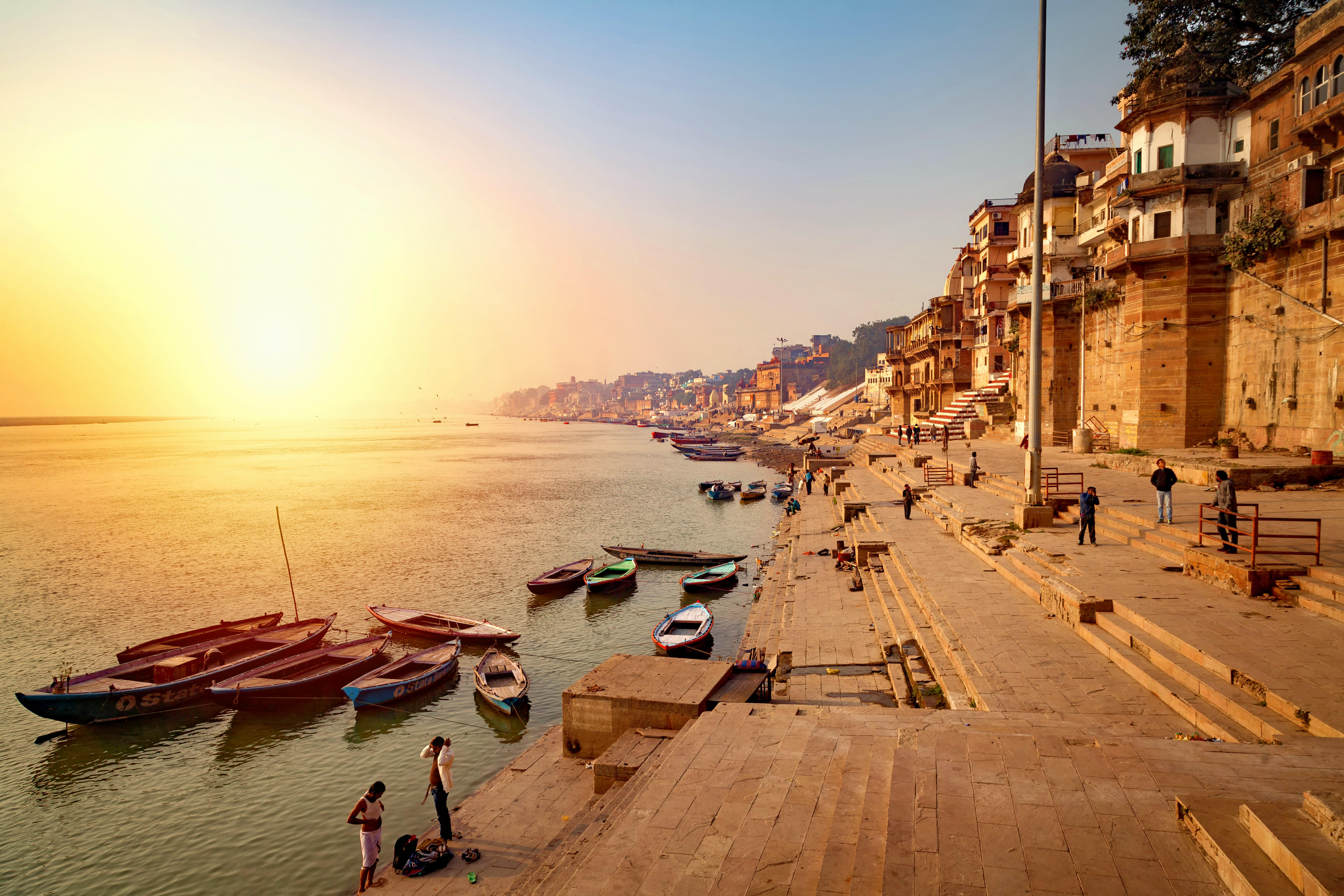
18th Mar'25 In Varanasi
Rise before dawn for a sunrise boat ride on the Ganges River; you’ll travel past riverside ghats and observe pilgrims performing early-morning rituals with live classical music on the boat. As the first rays of dawn are painted across the sky in hues of gold and pink, pilgrims are witnessed performing their early-morning rituals at the ghats. The serene atmosphere, coupled with the soothing sounds of live classical music, is created to provide a spiritually uplifting ambiance. As you glide down the river, passing by ancient temples and bustling markets, a deeper appreciation for Varanasi's rich history and cultural significance is gained.
Breakfast at hotel.
Rest of the day is free to soak in the cultural and ancient vibrance of the city.
Overnight stay in Varanasi

19th March’25 Varanasi- Jaipur
After breakfast, get transfer to airport for the flight to Jaipur. Embark on a journey to the enchanting city of Jaipur. Jaipur, known as the "Pink City," has long captivate the imagination with its rich history, vibrant culture, and stunning architecture. Explore its bustling markets, admire the intricate details of its forts and palaces, and immerse myself in the vibrant colours and flavours of Rajasthan. On reaching Jaipur, you will be checked in to your hotel by our tour representative.
Overnight stay in Jaipur
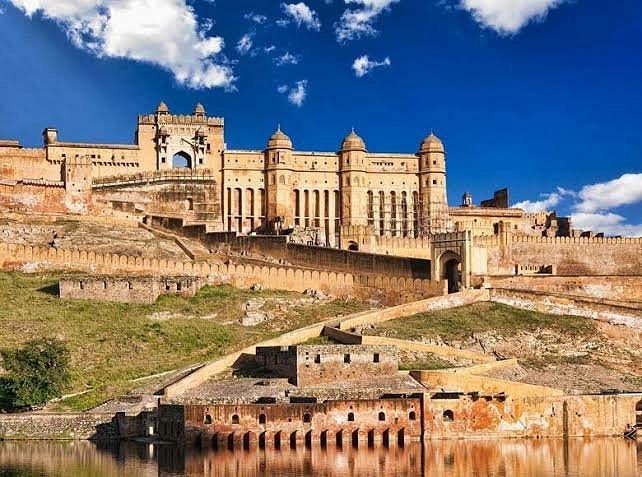
20th March’25 In Jaipur
After breakfast, your guide will pick up from the hotel for a guided sightseeing tour of Jaipur.
Sightseeing in Jaipur includes:
Amber Fort: The Amber Fort is located 11 km away from Jaipur. Amber was once the ancient capital of Jaipur. The Fort is an excellent illustration of Rajput architecture, impressively situated on a hillside facing a lake, which reflects its walkways and walls.
City Palace: The City Palace is still the dwelling of the former royalty H.H Bhawani Singh Ji of Jaipur. This Palace still has an extensive collection of art, carpets and old weapons.
Jantar Mantar (Observatory): It was built by Maharaja Jai Singh in 1728. Jantar Mantar appears to be an inquisitive collection of sculptures but in fact, each construction has a detailed purpose such as measuring the positions of stars, altitudes and azimuths and calculating eclipses. The most striking instrument is the sundial which is the 27-meter tall gnomon. The shadow this casts moves up to 4 meters an hour.
Hawa Mahal (Palace of winds): Constructed by Maharaja Sawaj Pratap Singh in 1799, the Hawa Mahal is one of the Jaipur’s main landmarks, the front of the Mahal has pink windows and latticework screens. This mahal was initially constructed for the ladies of the imperial household to watch the ordinary life and parades of the city.
Overnight stay in Jaipur

21st March’25 Depart Jaipur
After a relaxing breakfast at the hotel, you will be met by our representative and will be assisted with the checkout formalities. You will then start your drive to Delhi's International Airport in time for your flight back home.
:max_bytes(150000):strip_icc()/GettyImages-542002420-5c313faa46e0fb00012e7bcf.jpg)

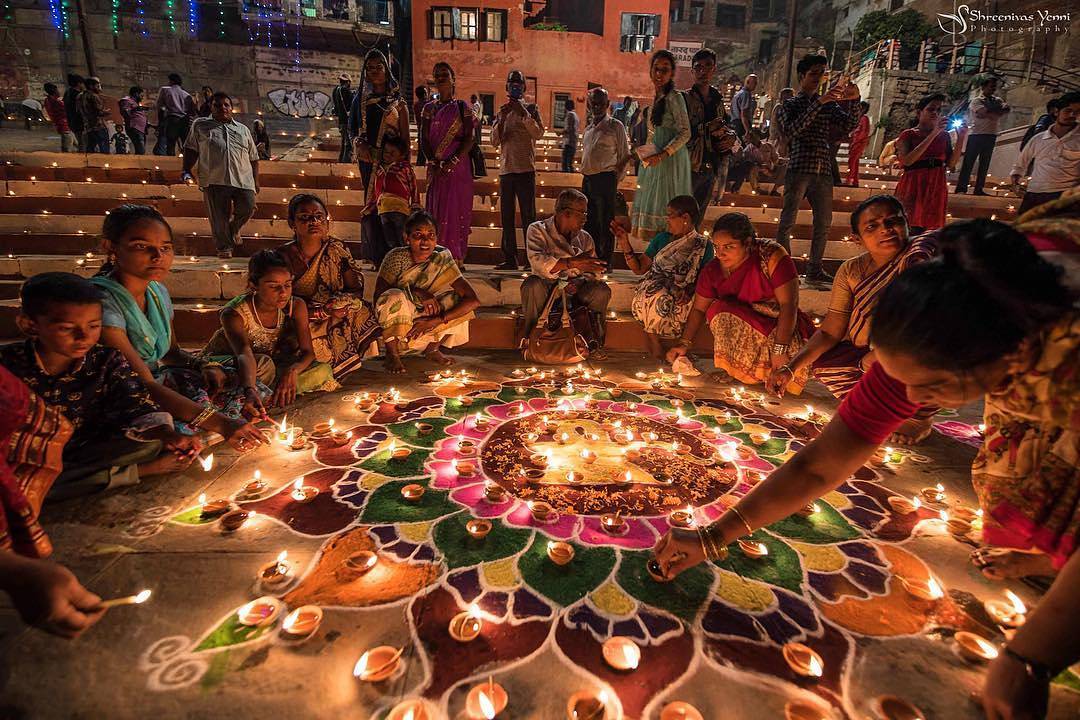
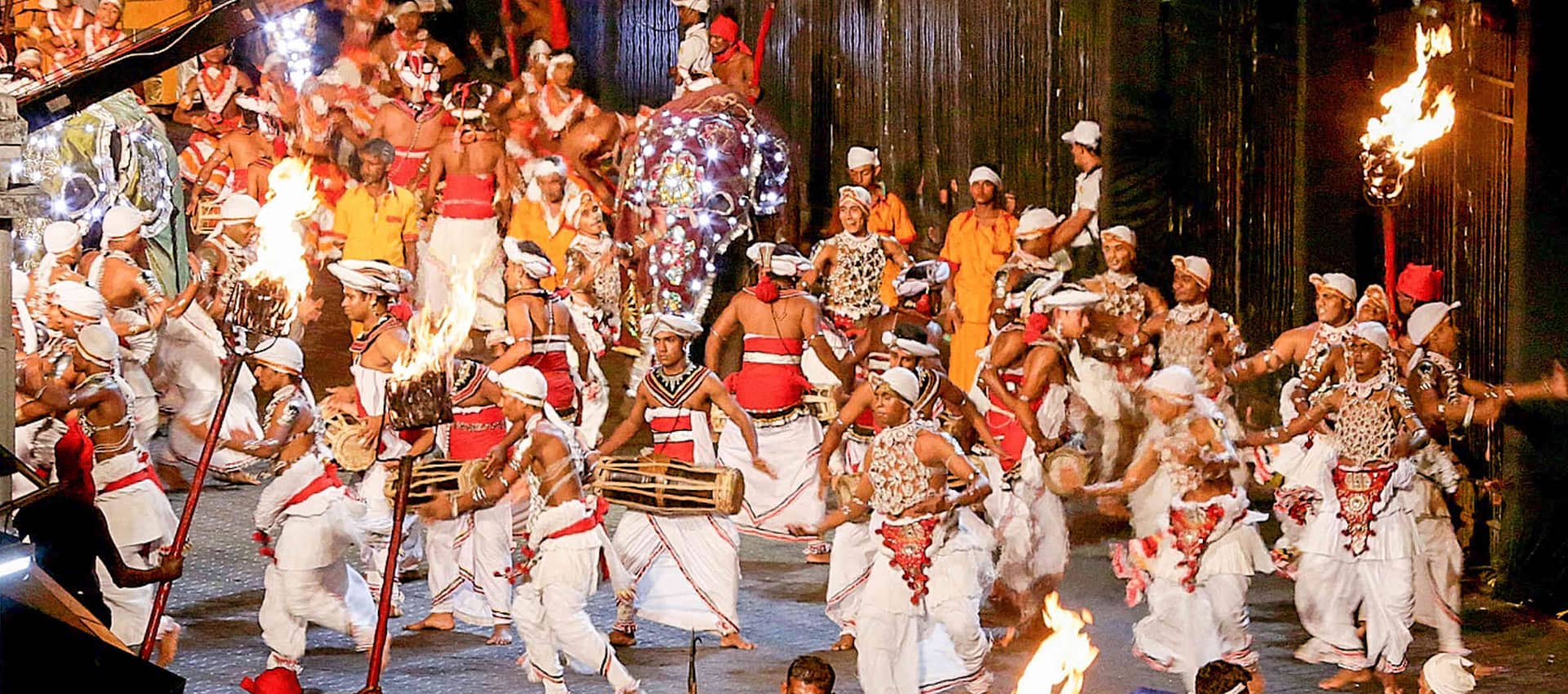

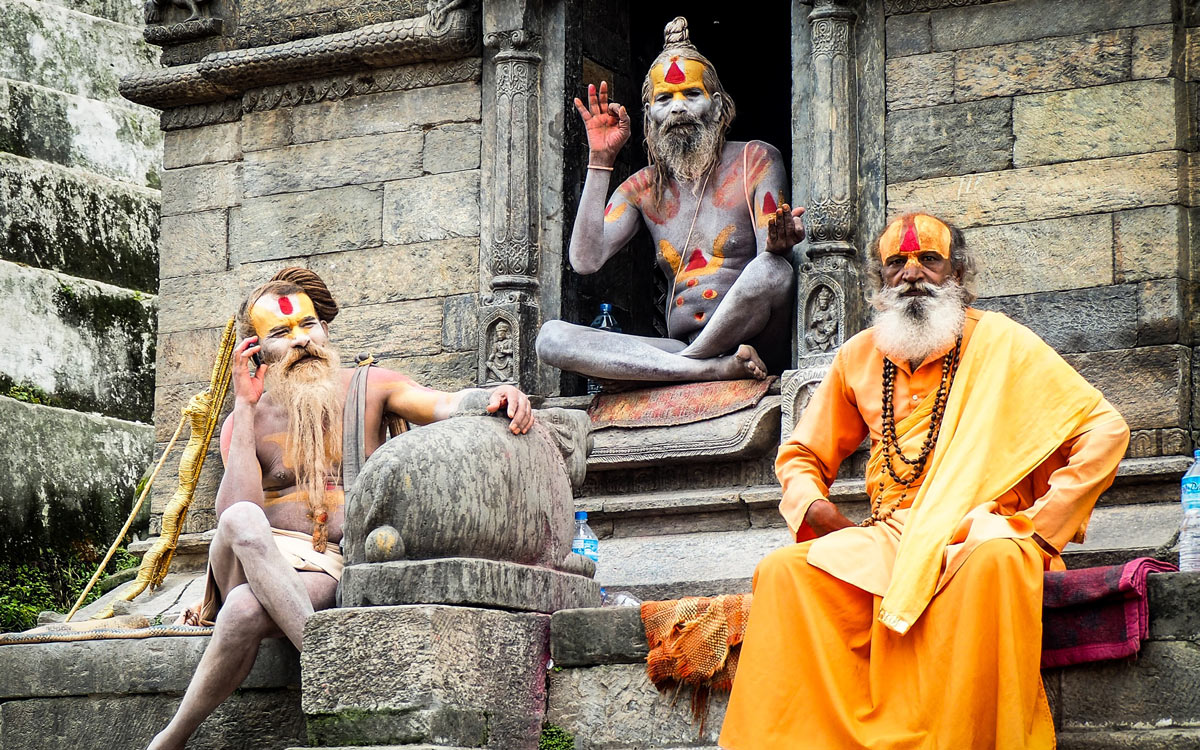






:max_bytes(150000):strip_icc()/taj-mahal-agra-india-TAJ0217-9eab8f20d11d4391901867ed1ce222b8.jpg)





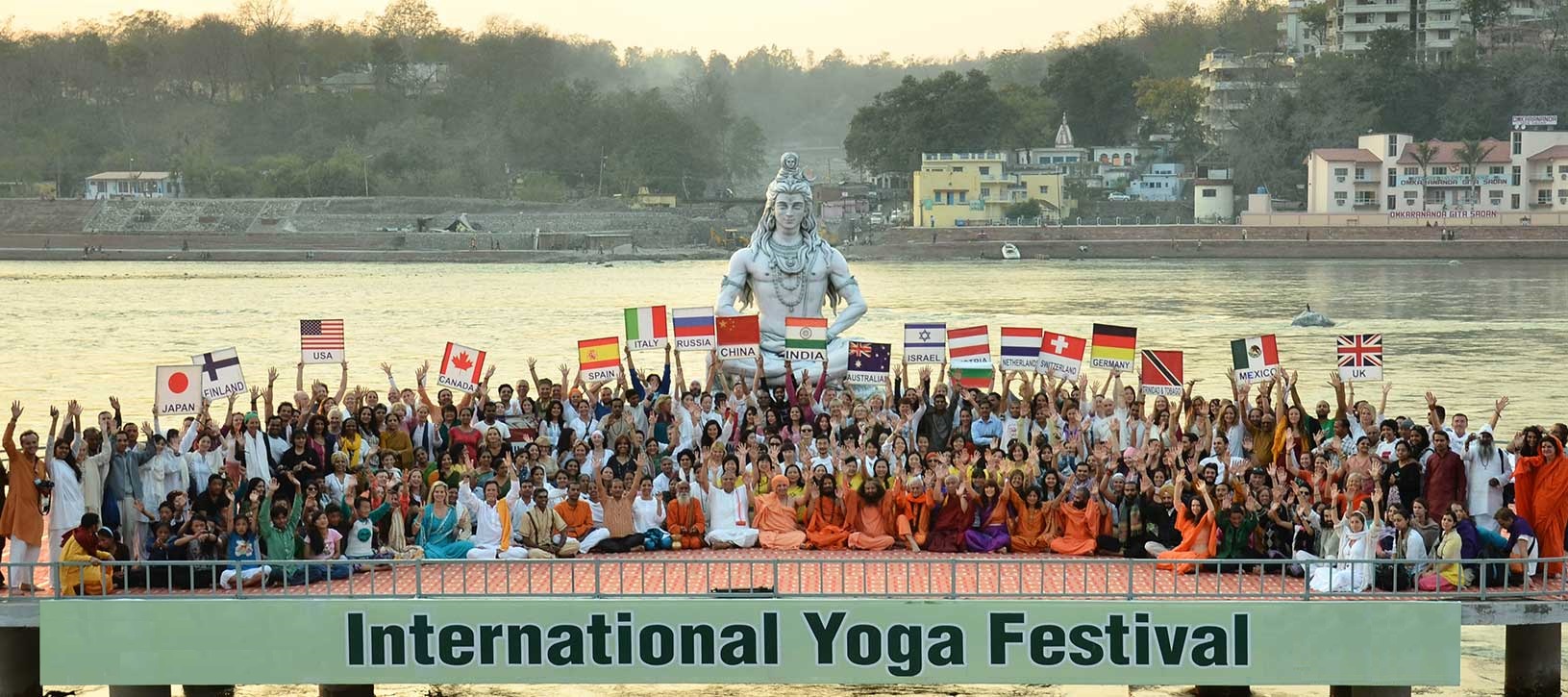 The best of wellness experiences in India, Rishikesh and the Yoga Festival has many compelling reasons to not miss out. The many ashrams, temples and the river banks are a notable spot for both first time and returning visitors to India. In fact, Rishikesh has earned a position among the most-sought
The best of wellness experiences in India, Rishikesh and the Yoga Festival has many compelling reasons to not miss out. The many ashrams, temples and the river banks are a notable spot for both first time and returning visitors to India. In fact, Rishikesh has earned a position among the most-sought 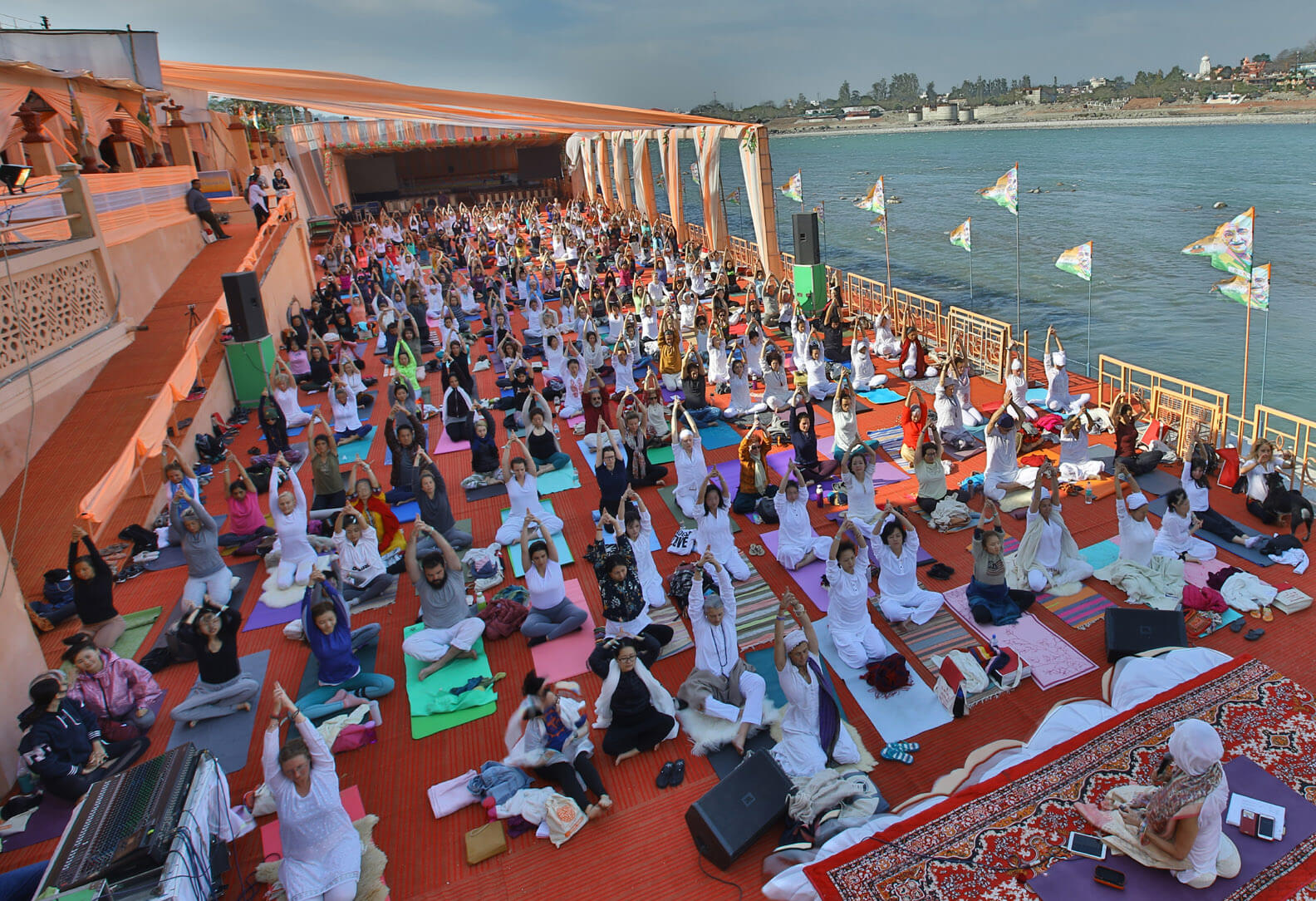 International Yoga Festival -1st to 7th March at Parmarth Niketan Ashram
International Yoga Festival -1st to 7th March at Parmarth Niketan Ashram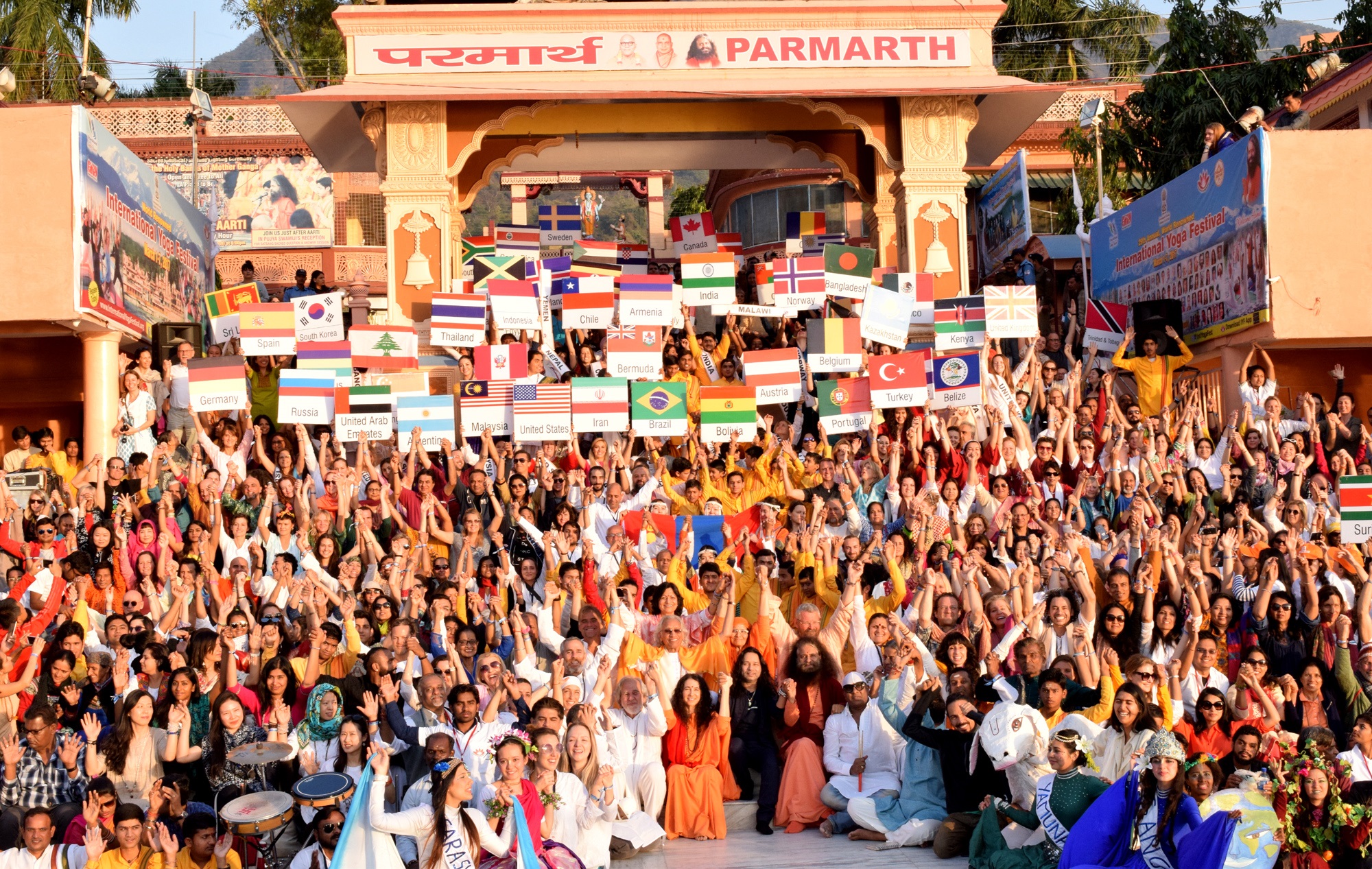 Experience Life of Yogi at an Ashram
Experience Life of Yogi at an Ashram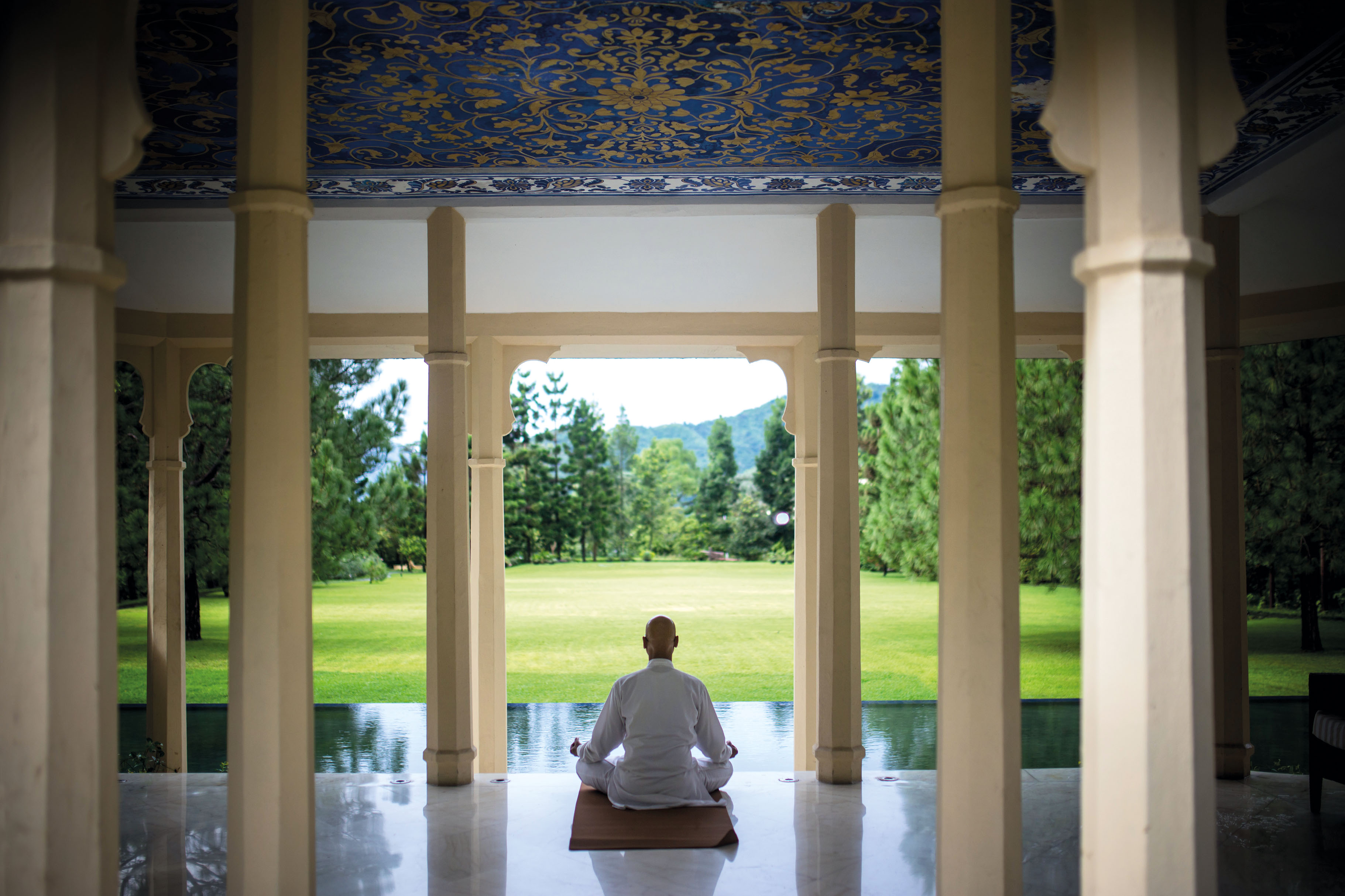 Temple Visit and Ganges Aarti ceremony
Temple Visit and Ganges Aarti ceremony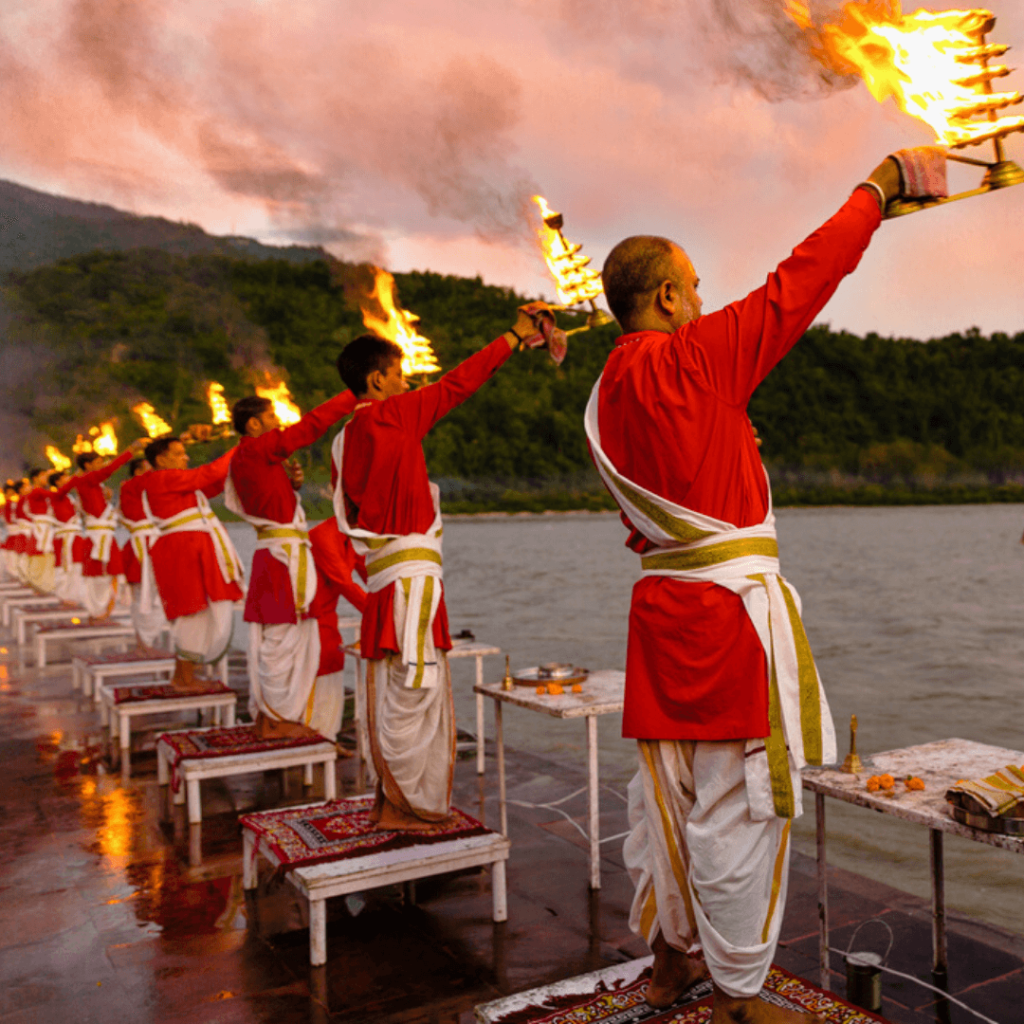
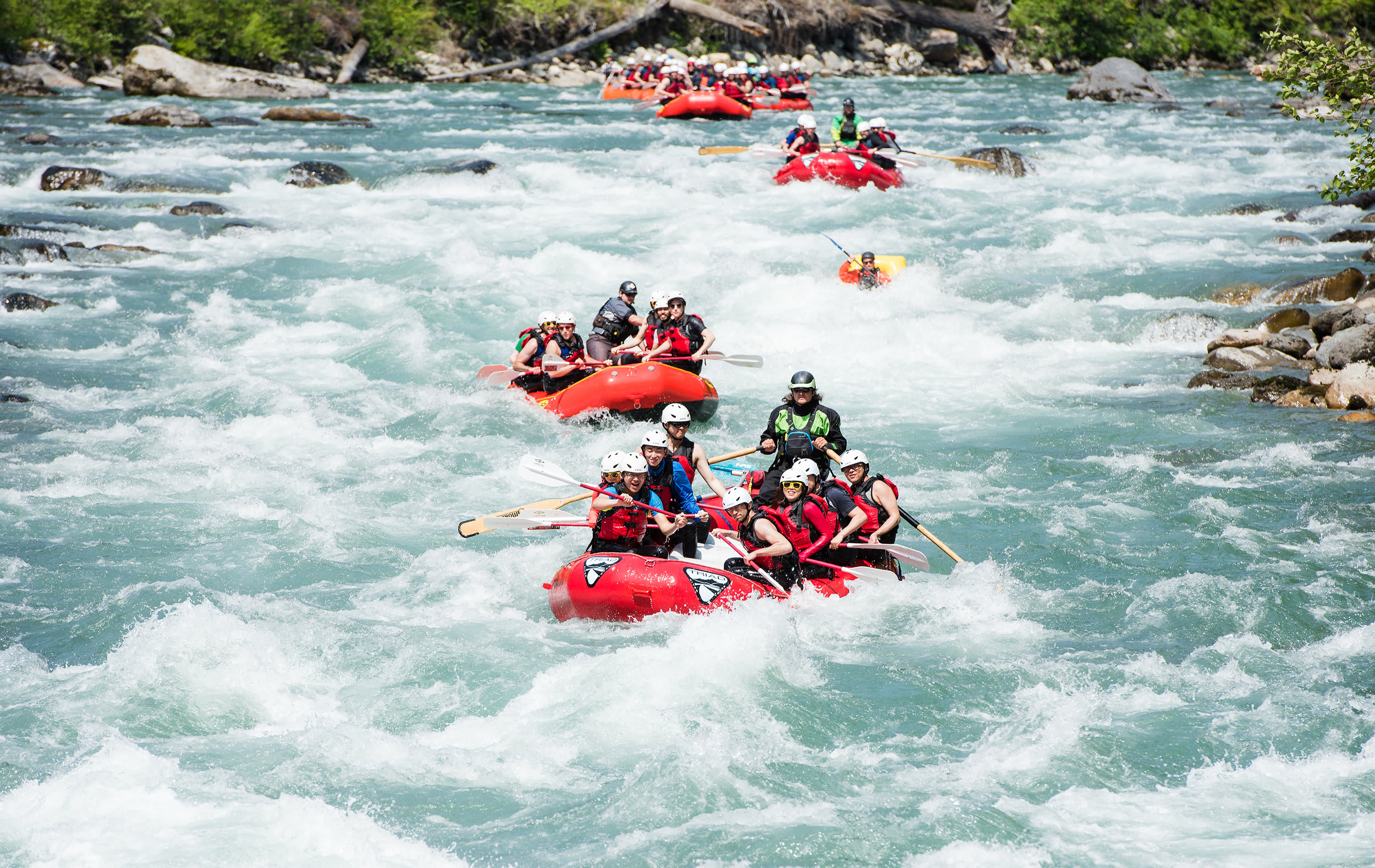 Stay in the spiritual bliss of Rishikesh
Stay in the spiritual bliss of Rishikesh